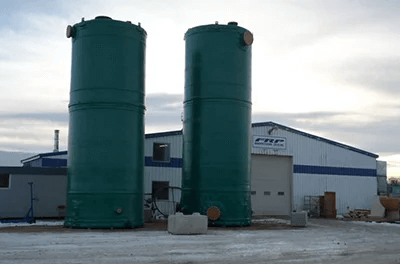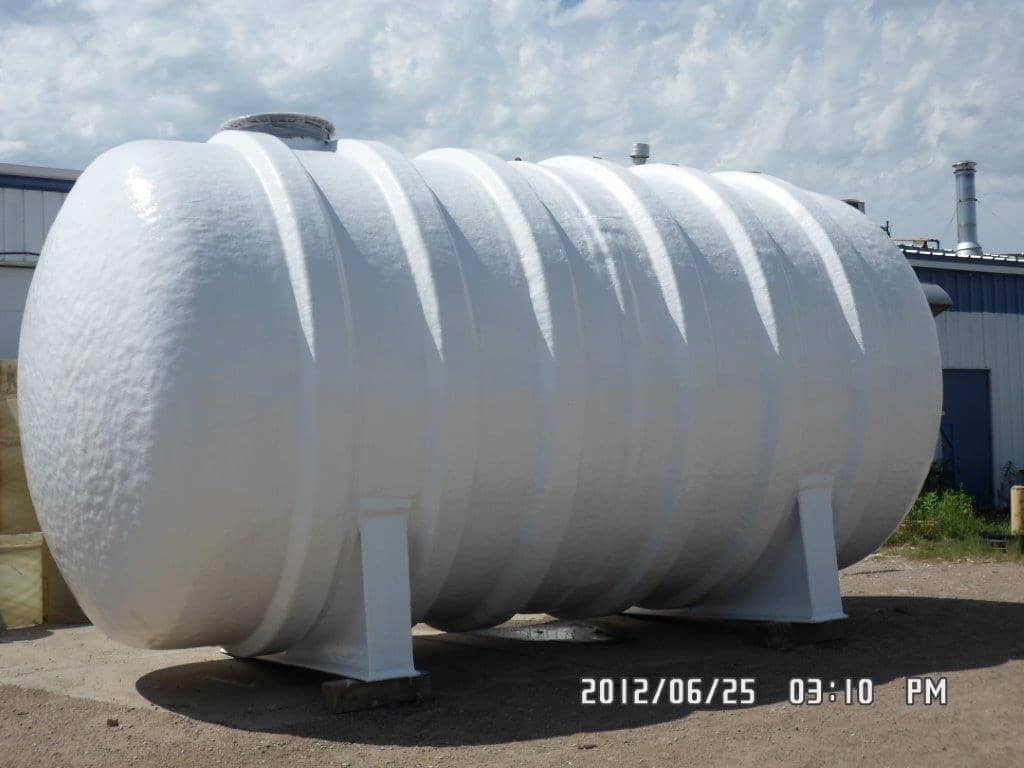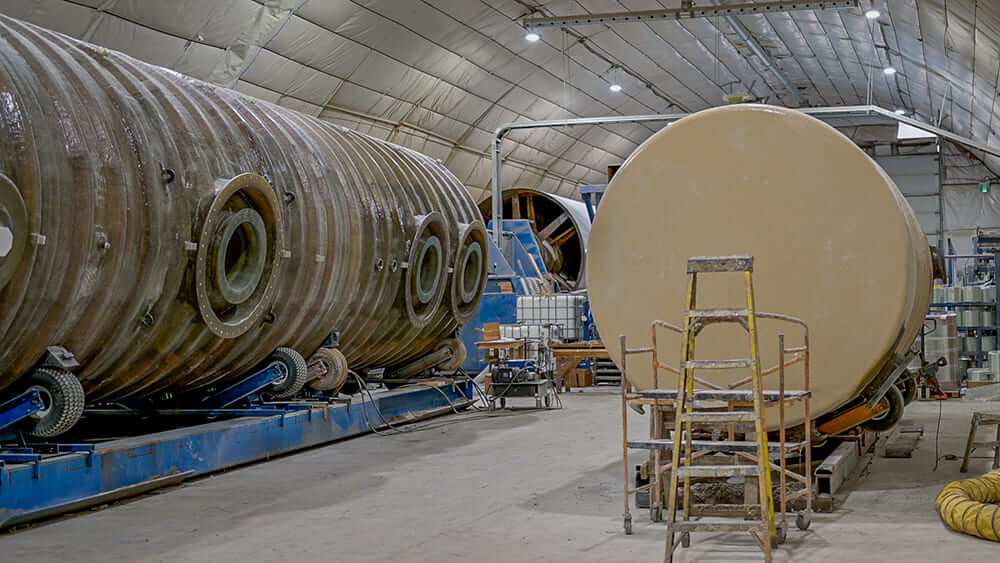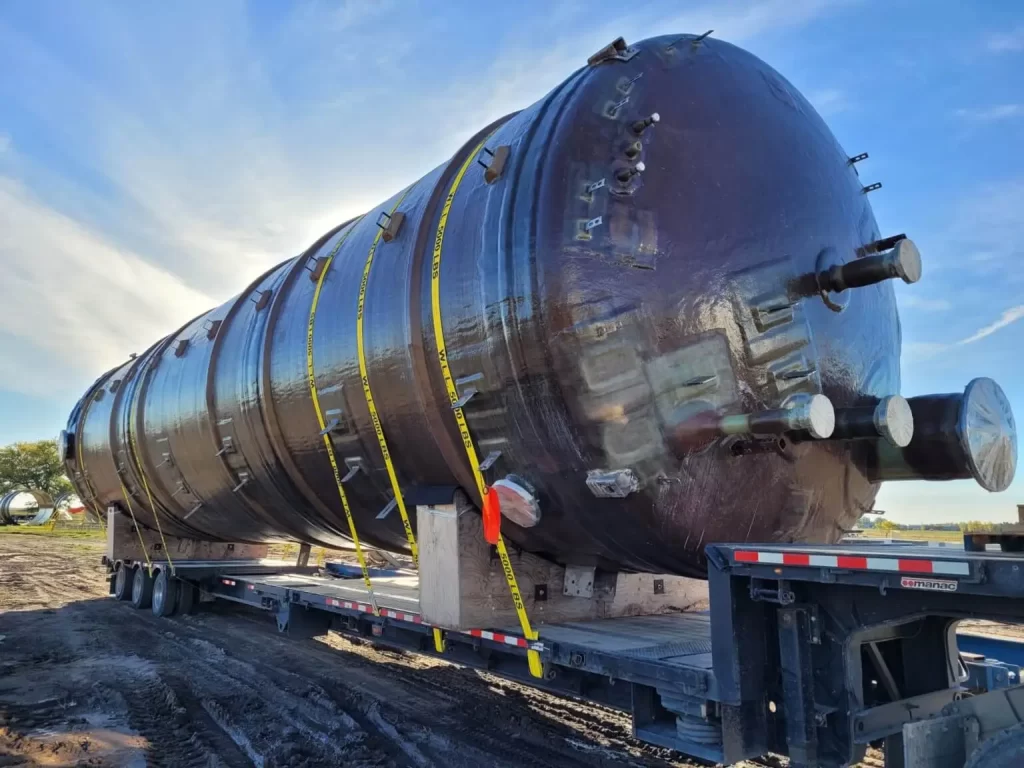Industrial businesses are increasingly turning to more durable materials such as fiberglass-reinforced plastic for their tank storage solutions, and it is essential to properly inspect and maintain these tanks to ensure the longevity and safety of the tanks. Fiberglass tanks are used for storing different liquids, chemicals, and petroleum products, and when FRP tanks are used in arctic conditions, the tank you maintain and use must be up for the challenge. In cold climates where temperatures can dip significantly, it is crucial to follow specific measures to secure the integrity and performance of fiberglass tanks. This is to preserve their functionality, avoid structural issues, and ensure compliance with industry regulations, which contribute to the overall lifespan of FRP tanks. Read ahead to discover essential maintenance tips for FRP tanks in cold climates to enhance the performance of your liquid storage solutions.
Proper Drainage And Snow Removal
It is important to ensure proper drainage around FRP tanks to avoid the accumulation of water which can freeze and lead to structural issues. In addition, snowmelt water can contribute to the corrosion of metal parts or connections in the tank. Proper drainage helps minimize the exposure of the tank and its components to moisture and eventual corrosion. FRP tanks also often have protective coatings, and snow and ice accumulation can damage these coatings over time, proper drainage and snow removal can help preserve the effectiveness of these protective layers.
We advise keeping the area around the tank free from snow accumulation, and regularly removing snow from the tank and its related parts, as snow can insulate the tank and make it more susceptible to freezing.
Insulation And UV Protection
In winter, it is necessary to insulate the tank and its components, such as pipes and fittings, to avoid freezing and utilize appropriate insulation materials according to the environmental conditions. For aboveground FRP tanks that are exposed to harsh winter conditions, the tanks will require extra protection to keep them from breaking down and fading from the effects of ultraviolet light which can be present on clear and sunny winter days. A reaction known as ‘fiber blooming’ can occur after prolonged exposure to UV rays which can cause the resin to break down and expose the glass fibers underneath which results in a diminished chemical resistance. To alleviate this, cover the FRP tank unit in a UV-resistant final coat.
Schedule Regular Inspections
We recommend inspections for your FRP tank twice a year with a licensed professional for tanks storing caustic or chemical materials, and inspections once yearly for FRP tanks storing other materials. Keep a close eye on your tank and look for developing leaks, holes, and impurities to save you time if you discover these issues earlier.
In addition, look out for signs of sun-bleaching, deep scratches, rust spots, dents, or bulges as these can affect the integrity of your FRP tank. Also, check that the ground under the tank is level and secure, and pay close attention to the base of your FRP tank to determine whether it is taking any strain in one area.
No matter where your work site is located, you can rely on FRP Mocoat to provide top-quality products for tackling any cold-weather conditions. Our products are guaranteed to excel even in the harshest weather conditions. Contact us today for a quote and ensure you’re well-equipped to handle any unexpected cold spells this winter.







